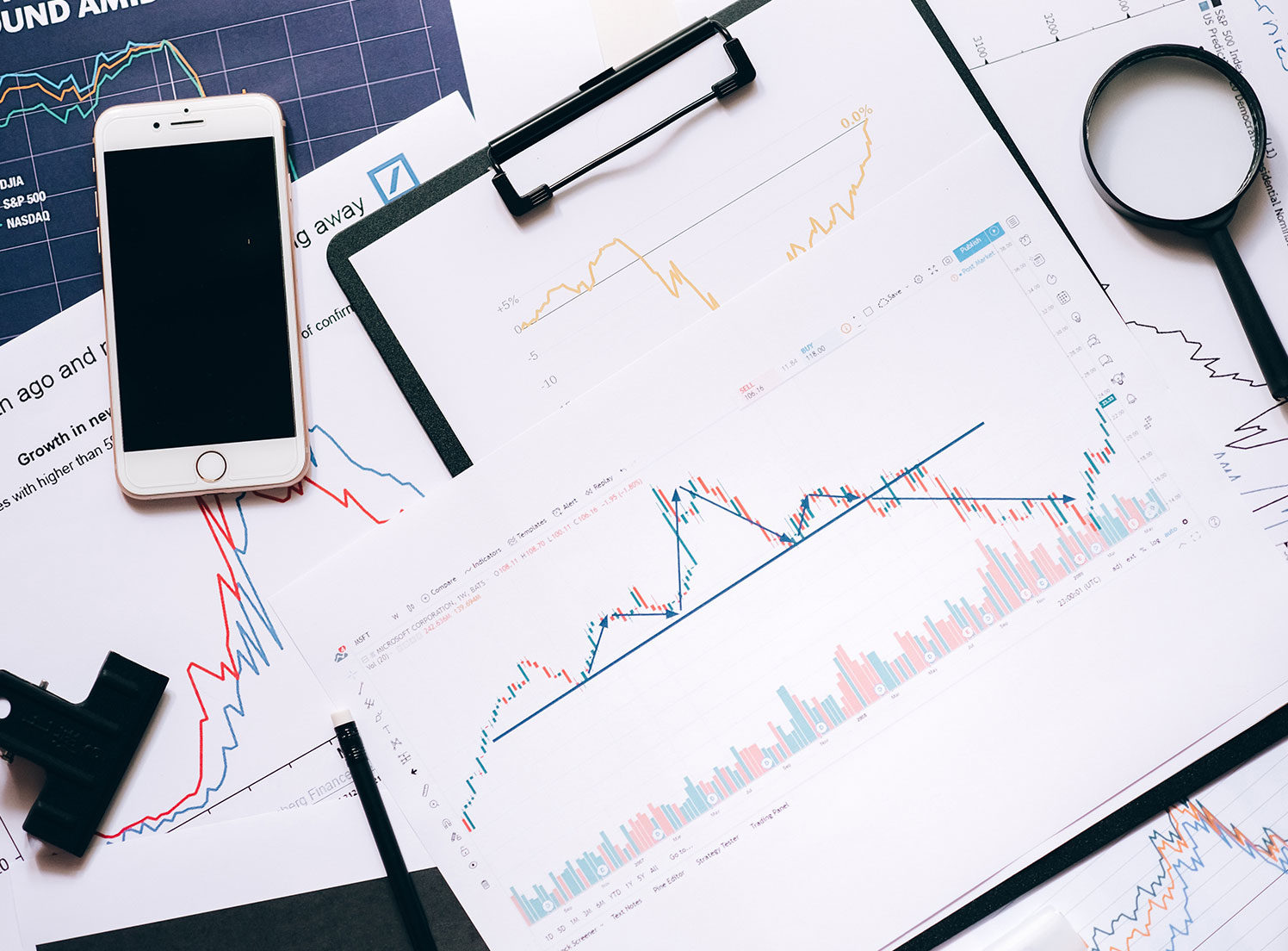The current state of the energy market should be a cause of concern for many businesses, where a high proportion of costs is spent on energy, such as with data centres.
In this article, I look at how to better understand the current market, trends and predicted outcomes.
Understanding the energy market
It’s no secret that the ongoing global energy crisis and the war in Ukraine have caused dramatic price rises.
Over the last few quarters, the energy market has changed rapidly. The situation in Ukraine has only exacerbated the extreme market volatility, leading to higher costs which look set to remain. In amongst all this, as a business leader, you’re likely looking for greater strategic clarity and cost certainty.
A good understanding of what’s driving the energy market informs current and future decisions, helping you to see trends and predict outcomes more reliably. At Noveus Energy, we take a weekly snapshot of the energy market – published as our Radar Report – which provides an overview of the current situation, headlines across all energy markets and accompanying insights, as well as providing a market outlook.
Taken from our Radar Report, we also publish energy updates regularly on LinkedIn, one of which you can view here.
A dynamic solution to energy purchasing
A dynamic energy purchasing strategy delivers a lower commodity cost by maximizing the benefit of market volatility and limiting the risk of buying when prices are artificially high. It requires an in-depth understanding of the market, daily analysis, and ongoing adjustments to deliver a lower price than the average market, reflecting your financial and operational objectives. These can include budget considerations, expected market fluxes and demand forecasts, plus any energy you may be self-generating on-site.
At Noveus Energy, when we say our approach to managing energy is dynamic, it is constantly reviewed and adjusted. The result: more significant opportunities to maximize market changes and control and reduce costs.
Put it this way: Most of us would expect our financial advisers to continually review the market and adjust our position on an ongoing basis. However, despite greater volatility, this rarely happens in the energy market.
In normal market conditions and with a dynamic approach, you can save up to 10% on energy procurement. However, in today’s volatile environment, you could make considerably more savings, but you must be absolutely fleet of foot – daily, weekly – as the market is changing all the time.
If you’d like to receive the Radar Report or discuss dynamic purchasing in more detail, please get in touch via our website contact form.

